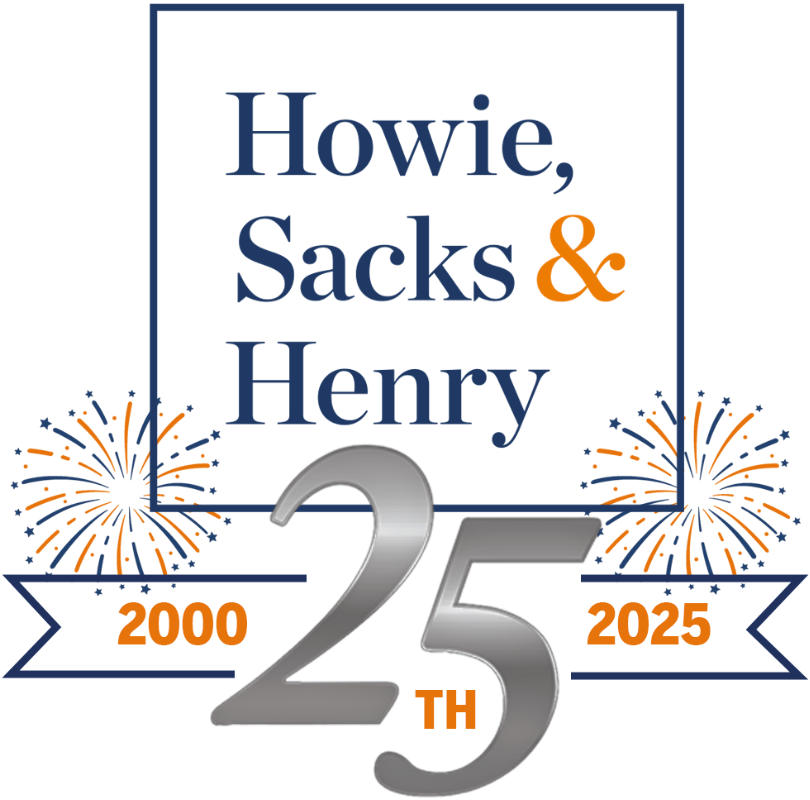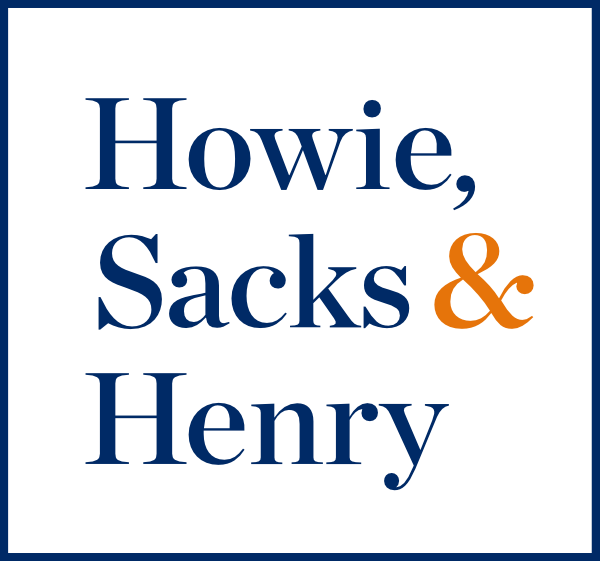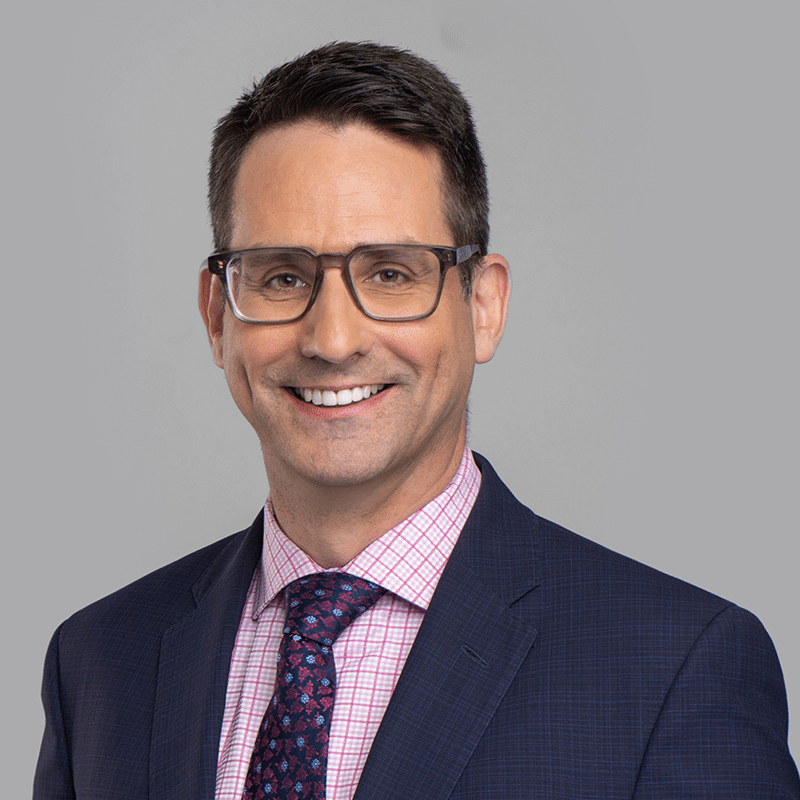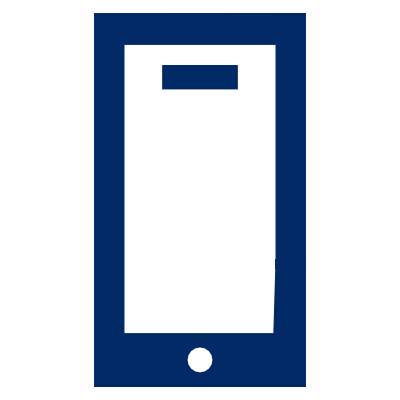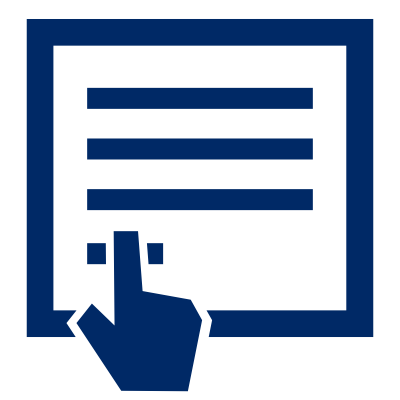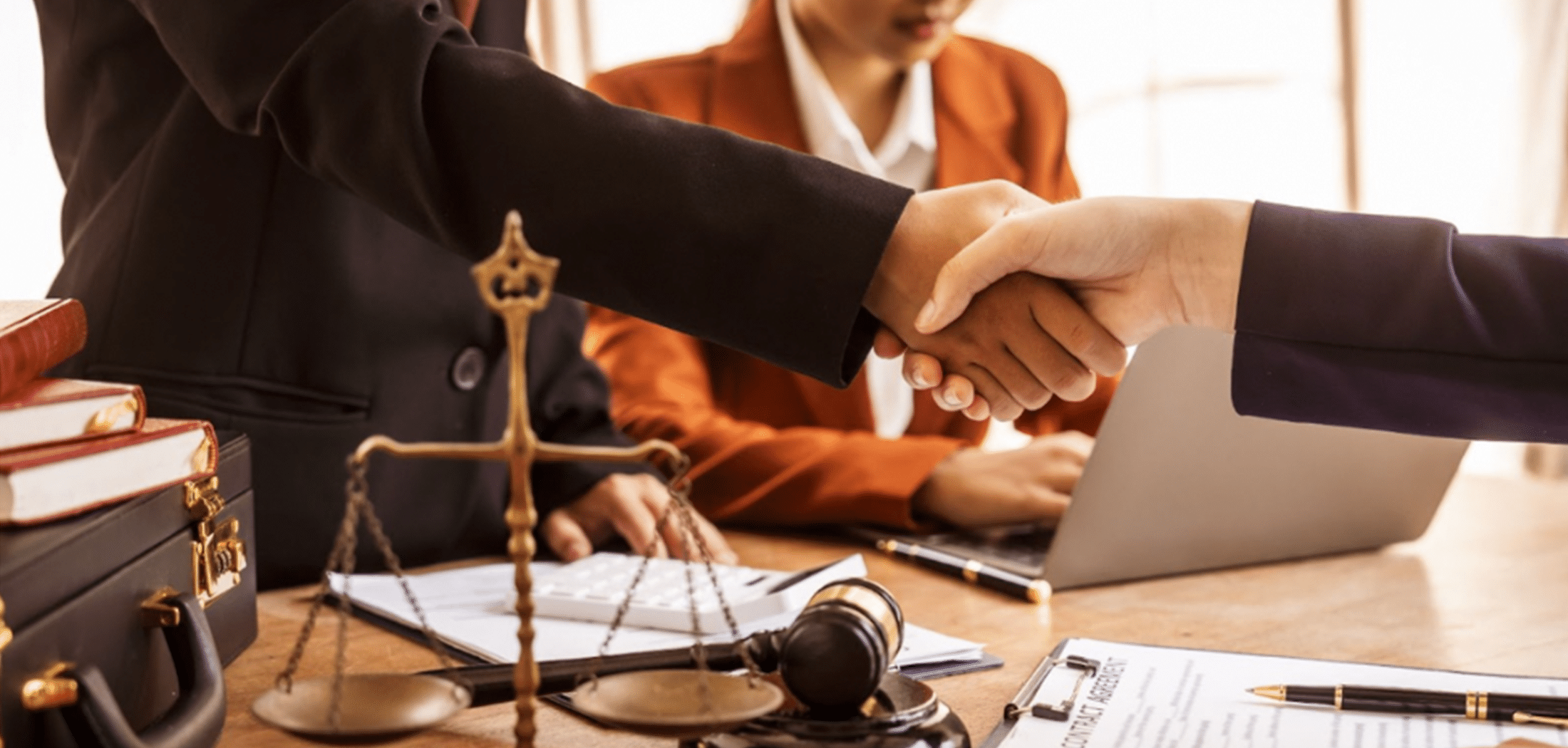
At trial, a judge and/or jury are asked to consider certain pieces of evidence – oral testimony, written records and reports, or other material items – when coming to a decision or verdict.
The plaintiff(s) and the defendant(s), through their counsel, will use a variety of rhetorical strategies and arguments to ensure certain pieces of evidence that help their case are kept top of mind, while dismissing, devaluing, or disputing evidence which could hurt it.
But what about evidence that is not entered into the court? Can the plaintiff or defence ask the court to agree that the absence of evidence is a consequential statement in itself? They can indeed. But, for a trial judge to use their discretion to draw an “adverse inference” and/or provide an adverse inference instruction to a jury is quite rare. The party seeking such a ruling usually has a steep hill to climb in successfully making the argument that absence is an implicit admission of unhelpful or outright harmful evidence.
In this blog post, we explain why a court may draw an adverse inference, the circumstances necessary to support an adverse inference ruling, and the reasons Justice Loretta P. Merritt provided in declining to draw an adverse inference in Moustakis v. Agbuya, 2023 ONSC 6012 (CanLII) even though an undertaking by the plaintiff had not been completed.
This case contained several notable rulings and decisions which have become the basis for a series of blog posts. Previously we discussed a significant ruling where a proposed expert witness for the defence was not granted status by the court, and a threshold ruling on the nature and extent of invisible disabilities which permitted non-pecuniary damages. A future post will explore a request by the defence to recall the plaintiff to testify on Statutory Accident Benefits Schedule (SABS) payments accrued or applied through a settlement.
Drawing An Adverse Inference
The doctrine of adverse (or unfavourable) inference calls for a judge to consider whether to draw a conclusion about a case based on the absence of evidence. A judge could conclude that if such evidence had been produced, it may not have helped a party’s case or even hurt their case. The concept has been applied to both criminal and civil matters.
In civil matters, a court is not required as a matter of law to draw an adverse inference on a party’s decision not to testify, not to call a witness, and/or not to enter affidavit evidence or other material into evidence. Rather, this conclusion is at the discretion of the trier of fact based on certain considerations that have developed through common law.
Generally, if a judge was asked to draw an adverse inference over the failure to call a witness, considerations would include:
- Is there a legitimate explanation for failing to call the witness?
- Would the witness provide material evidence?
- Is this witness the best/only person available to provide evidence?
- Is the witness not equally available to both parties or otherwise within the “exclusive control” of one party?
Failing To Call a Family Doctor
In Moustakis v. Agbuya, the defence asked Justice Merritt to give adverse inference instruction to the jury based on the plaintiff’s failure to call her family doctor to testify.
Kyriaki “Cindy” Moustakis was involved in a motor vehicle accident on January 9, 2016. The defendant admitted liability for the accident, but there was disagreement between the parties as to the plaintiff’s alleged damages, which involved debilitating chronic pain from soft tissue injuries and psychological injuries.
The defendant submitted that evidence from Cindy’s family doctor was critically important, particularly the first note he made upon seeing her following her accident compared to what she told others around the same time.
In asking the judge not to permit adverse inference instruction, the counsel submitted that any inconsistencies in what the plaintiff said were minor and inconsequential, that there was an explanation for the failure to call the doctor, and that the proposed witness is not within the plaintiff’s exclusive control and could have been called by the defence during trial if they sought to question him on his notes.
The plaintiff had provided her family doctor’s notes (which were largely illegible) during disclosure. There was an undertaking (a promise) given by the plaintiff at discovery to provide the cost of transcription of the notes, but this was never done.
Rationale From the Judge
When considering whether to draw an adverse inference based on the plaintiff’s failure to call her family doctor as a witness, Justice Merritt referred to the reasoning outline discovery obligations requiring disclosure of treatment records in Bishop-Gittens v. Lim 2015 ONSC 3971.
Commenting that jurisprudence on the appropriateness of adverse inference decisions has narrowed considerably in recent years (as disclosure rules have been liberalized), the judge in Bishop-Gittens v. Lim, Justice M.K. McKelvey, stated that such rulings “will be rare and should only be done with the greatest caution.”
In declining to make such a ruling, he explained: “If a party intends to take the position that these records are not adequate, in my view, there is an onus on them to either place the witness under summons or make their views known no later than the commencement of trial. A party should not expect that having received full disclosure of relevant information and records that they have no obligation to make their position known or call witnesses to supplement evidence which they deem to be deficient in some way.”
Justice Merritt cited Chepurnyj v. Collingwood Home Hardware Building Centre, 2022 ONSC 6788 as an example of a personal injury case in which the trial judge, Justice Susan Healy did include an adverse inference instruction for the jury. In that case, the plaintiff did not call any treating professionals to prove the medical evidence underlying the plaintiff’s expert opinion, the underlying medical basis for future care costs, or for other purposes during the trial.
Justice Healey explained: “It is not a requirement to call every treating health professional in a personal injury case. Certainly in a case such as this where no notice was given under the Evidence Act of intention to tender the supporting medical records into evidence, a witness able to prove the accuracy of the note or record was required.”
In noting why Cindy’s case differed from Chepurnyi, Justice Merritt offered that extensive records were filed as exhibits and the plaintiff’s treating psychiatrist was called as a witness.
Justice Merritt suggested that while the plaintiff’s failure to comply with the undertaking left open the possibility she could draw an adverse inference, when considering the circumstances of the case she declined to do so.
In explaining her decision, Justice Merritt stated the defendant had three options:
- subpoena the doctor at trial;
- require the plaintiff to call the doctor to file the notes and be available for cross examination by the defendant; or,
- bring a motion for an order requiring the plaintiff to have the notes transcribed.
Moreover, Justice Merritt highlighted that the defence had deemed the family doctor’s first note about Cindy following the accident to be a critical piece of information. Since all of the family doctor’s notes had been marked as an exhibit and entered into evidence on the consent of all parties, the judge suggested that the cost to transcribe only this note would have likely been minimal.
A High Bar, Not Easily Cleared
A judge’s instructions to a jury are one of the final things they will hear before retiring to consider their verdict. These types of messages can significantly influence their deliberations, so judges carefully consider their words.
As we noted earlier, it is rare for a judge to provide adverse inference instructions to a jury when a personal injury plaintiff fails to call a potential witness – particularly their family doctor. Contemporary rules of disclosure give all parties latitude to subpoena witnesses, to have access to relevant medical records, and to seek remedy from a judge before trial if certain evidence is not made available for examination.
If a party waits until the end of a trial to seek such a ruling from a judge, when they have not availed themselves of the actions and remedies available, drawing an adverse inference would only be warranted in exceptional circumstances.
Need Legal Assistance?
If you have questions about your personal injury case or need legal assistance, contact us today at Howie, Sacks & Henry. Our dedicated team is here to help you navigate your situation with compassion, professionalism, and expertise.
